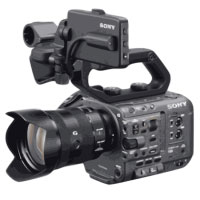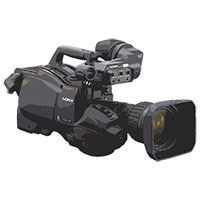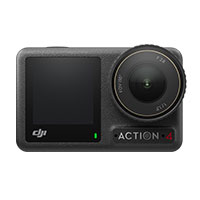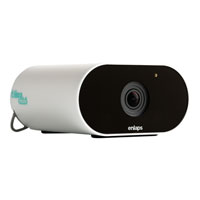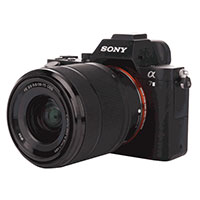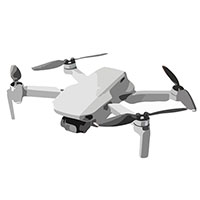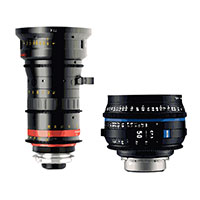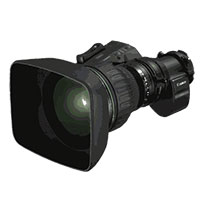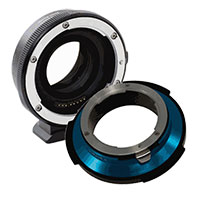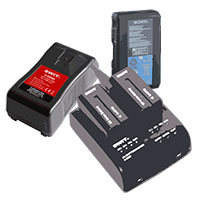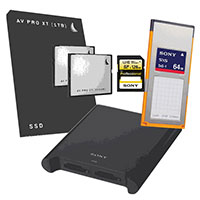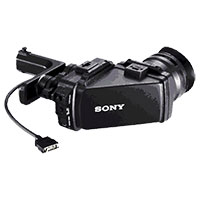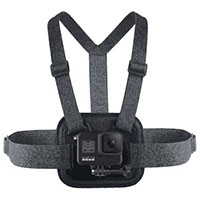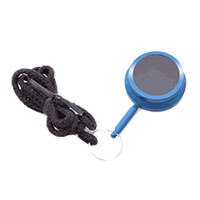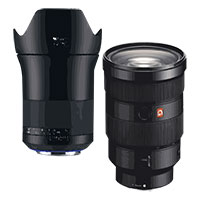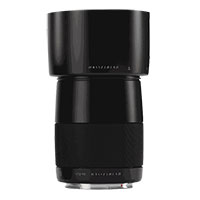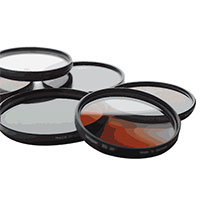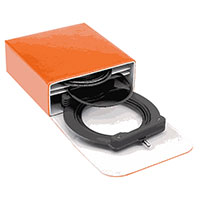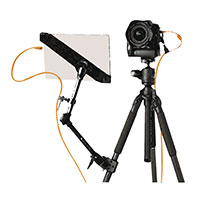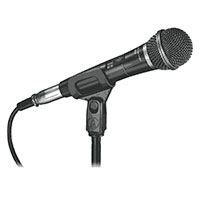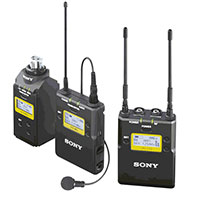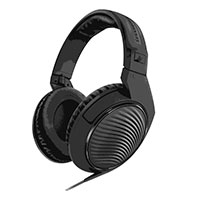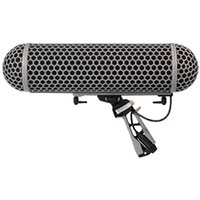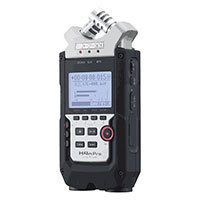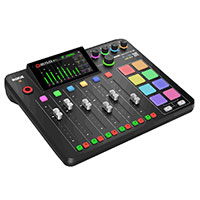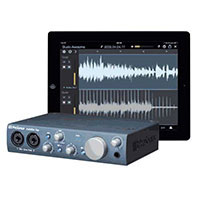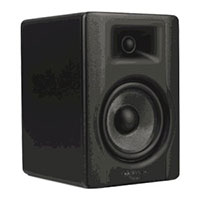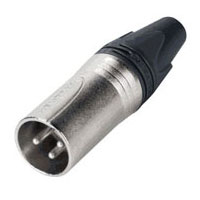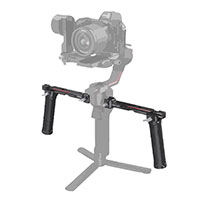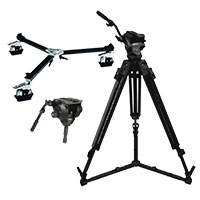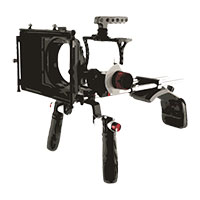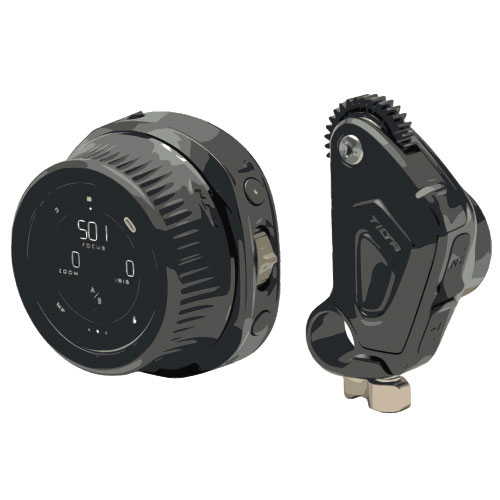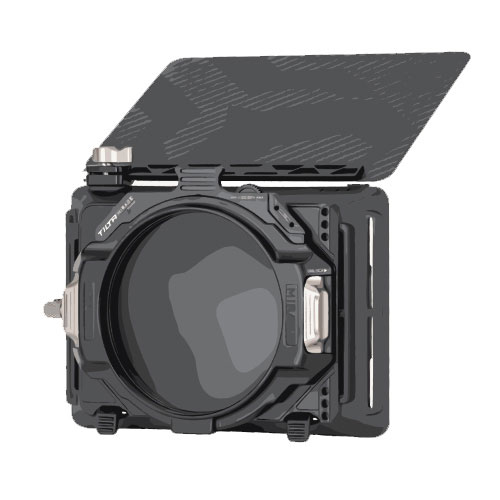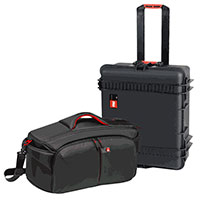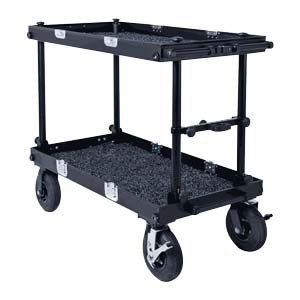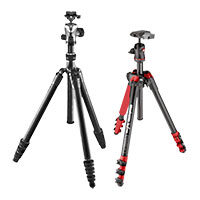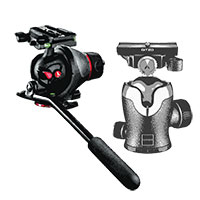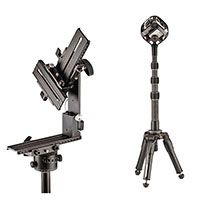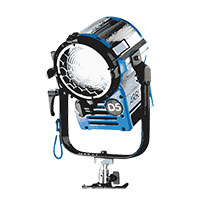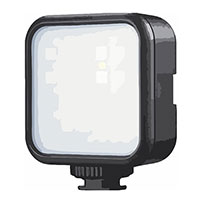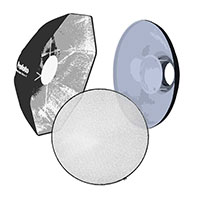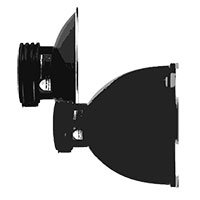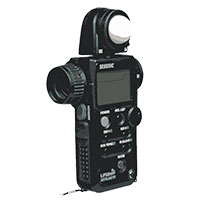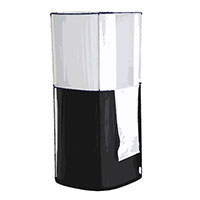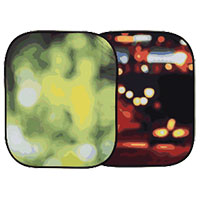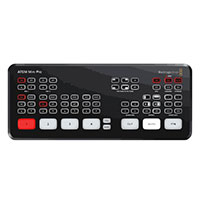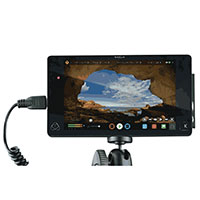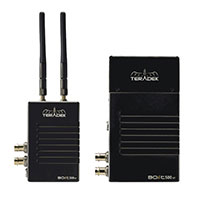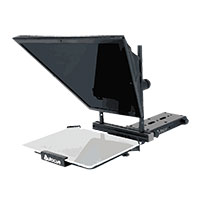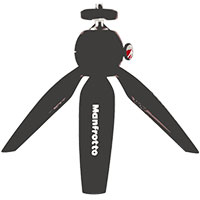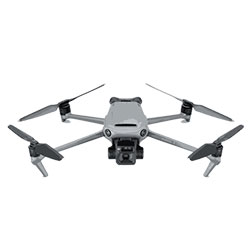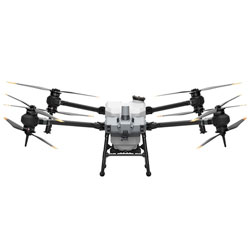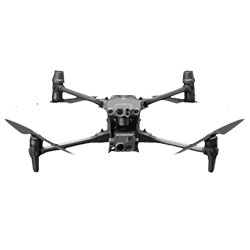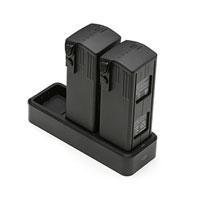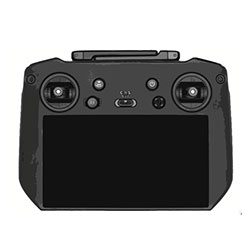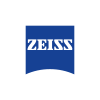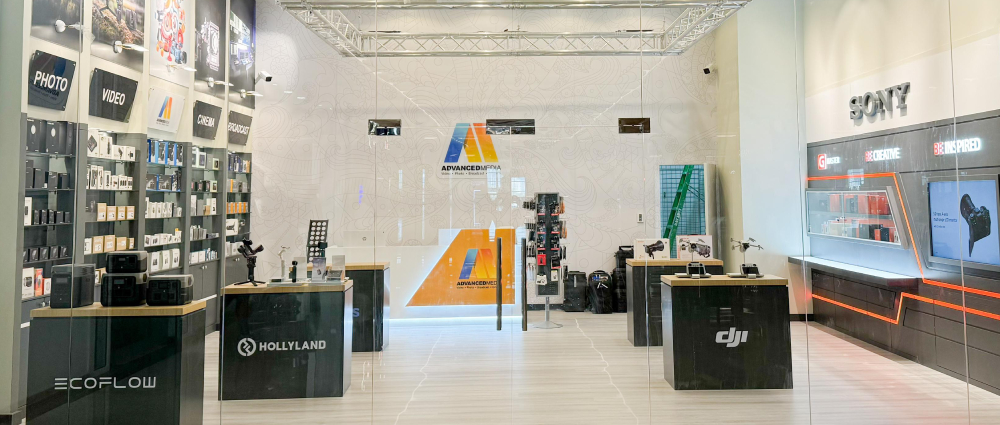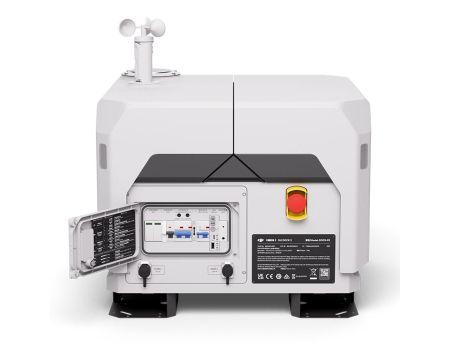Introducing the revolutionary DJI Dock 2, a groundbreaking advancement in remote drone operations. Building on the legacy of its predecessor, Dock 2 offers an array of innovative features and capabilities tailored to revolutionize emergency response, construction management, surveying, and asset inspection. It's the ultimate solution for enterprises seeking unmatched performance in their remote drone operations.
As new drones and payloads continually enter the market, we remain committed to leading the way in drone technology by continually enhancing and optimizing our products to serve our users. Before making a drone investment, it's crucial for enterprises to consider key features to ensure they select the best product for their specific requirements.
Let's explore the top features of DJI Dock 2 and gain an in-depth understanding of what sets it apart from other available options.
1. Easy to Deploy
The DJI Dock 2 is significantly more portable compared to its predecessor. It is about 70% smaller and lighter, making it easily transportable by two individuals. The previous system required operators to bring the Dock onsite and use the M30 to check for a strong GNSS signal, a process that could take over 5 hours. With the Dock 2, operators can now use additional drones to evaluate a site without taking the dock, reducing the evaluation period from over 5 hours to a matter of minutes.
DJI Dock 2 offers quick and straightforward setup, enabling remote operators to optimize their time and focus on their missions. The efficient design ensures that users maximize productivity with every mission.
2. Diverse Payload Options
The DJI Matrice 3D and Matrice 3TD drones are designed to work with the Dock 2. The M3D has a telephoto and wide-angle camera with mechanical shutter for high-precision mapping, while the M3TD has a telephoto, wide-angle, and infrared camera for law enforcement and inspection tasks. Both drones have omnidirectional sensing and automatic obstacle bypass functions for safety. The Dock 2's powerful operation capabilities make these drones suitable for rugged and high-performance operations.
3. Cost-efficient
DJI Dock 2 offers superior performance and cost-efficiency compared to similar solutions. Its compact size simplifies transportation and maintenance, reducing installation time and civil work requirements. It's ideal for enterprises aiming to optimize mission output while maintaining quality.
4. Rugged, Reliable, Recharged
The DJI Dock 2 is a compact, IP55-rated drone docking and charging station designed for operation in extreme climates. Each drone can operate for a maximum of 50 minutes. Its environmental monitoring system uses sensors to detect rainfall, wind speed, and temperature, providing real-time weather feedback and monitoring. These sensors enable the Dock 2 to offer timely warnings and even terminate flight tasks, reducing flight risks and preserving the safety of the drone and the Dock 2.
5. Rapid Takeoff
DJI's M3D and M3TD drones can take off quickly, providing real-time information to first responders. They can be rapidly deployed and charged wirelessly on the Dock 2 landing pad, reaching 90% battery life in just over half an hour. These drones are essential for first responders who need to get a bird's-eye view of a situation quickly and make informed decisions.
6. Precise Landing Capabilities
The Dock 2 features advanced image recognition technology for precise identification of positioning markers on the landing pad, promoting a quick and safe landing. The enclosed v-shaped landing pad design ensures accurate landing, and once the doors close, the drone is automatically positioned for charging. These features minimize errors during landing and enhance operational safety.
7. Remote Live flight Control & Live Stream
FlightHub 2 enables operators to access remote live flight control, allowing real-time monitoring and management of drone operations. It provides live streams of missions via QR codes, eliminating the need for account creation. Stakeholders and team members can access real-time visual data without registration, enhancing collaboration and situational awareness.
8. Third-part Payloads & Waypoint Mission FPV
Drones equipped with high-precision 3D models allow pilots to edit visual flight routes, preview imaging results, and navigate flight paths easily for mapping and surveying missions. The M3D and M3TD models support third-party payloads and remote control via FlightHub 2 for adaptability to different tasks. Additionally, the E-port lite enables parachute connection for enhanced flight and personnel safety. Overall, these drones provide high performance, safety, and versatility for various missions.
9. Cloud Mapping
FlightHub 2 allows operators to create 3D models directly through the platform, eliminating the need to download DJI Terra and transfer data from the drone to a computer. This saves time and resources, as operators can now generate 3D models online.
Conclusion
DJI Dock 2 revolutionizes drone piloting with its easy deployment, expanded drone options, advanced features, and safety enhancements. It sets a new standard for remote drone piloting, making it ideal for enterprises and professionals seeking operational efficiency. DJI Dock 2 symbolizes the future of remote drone technology, enabling users to achieve exceptional performance and productivity in their industries.







 UAE
UAE KSA
KSA

